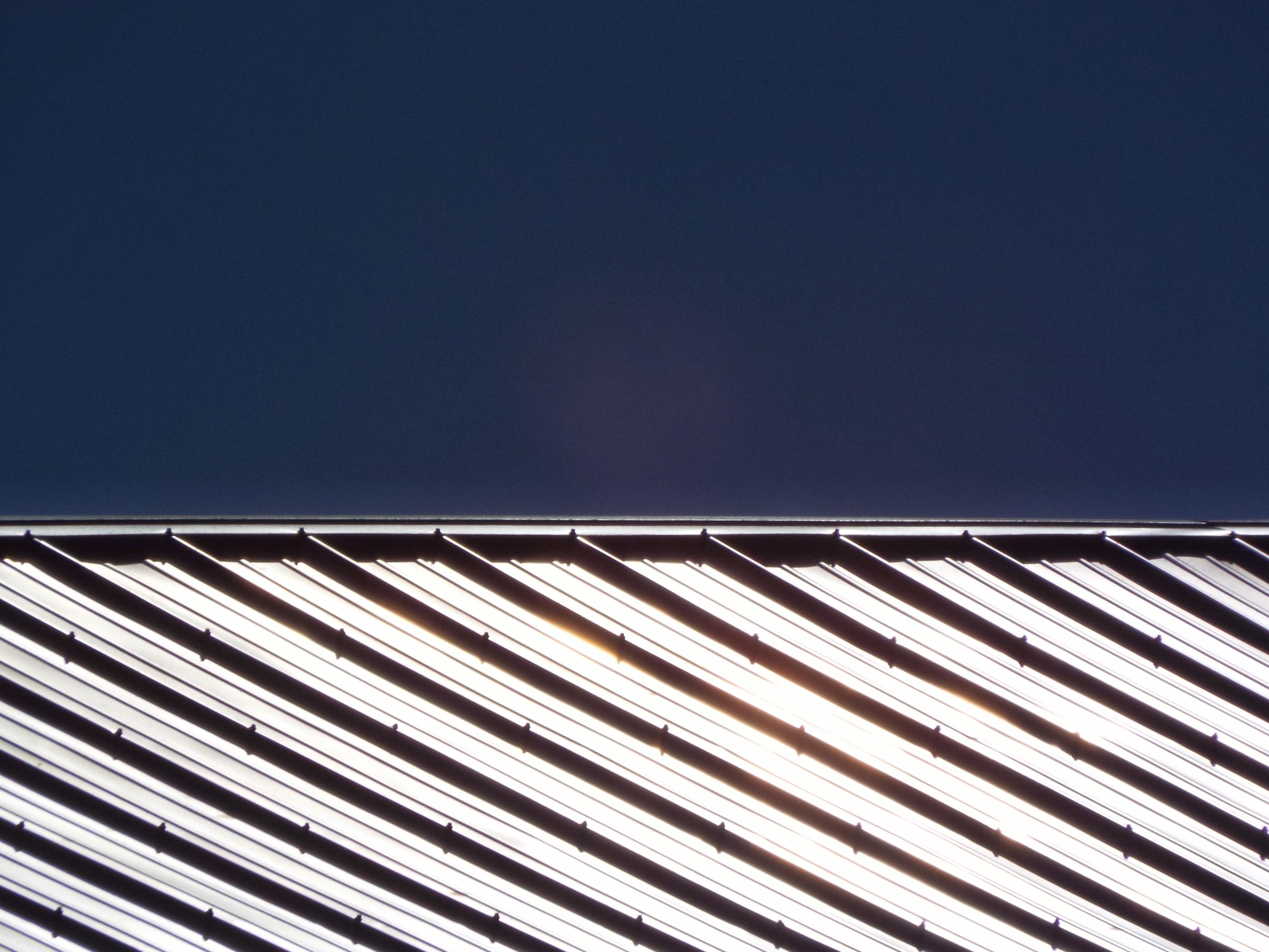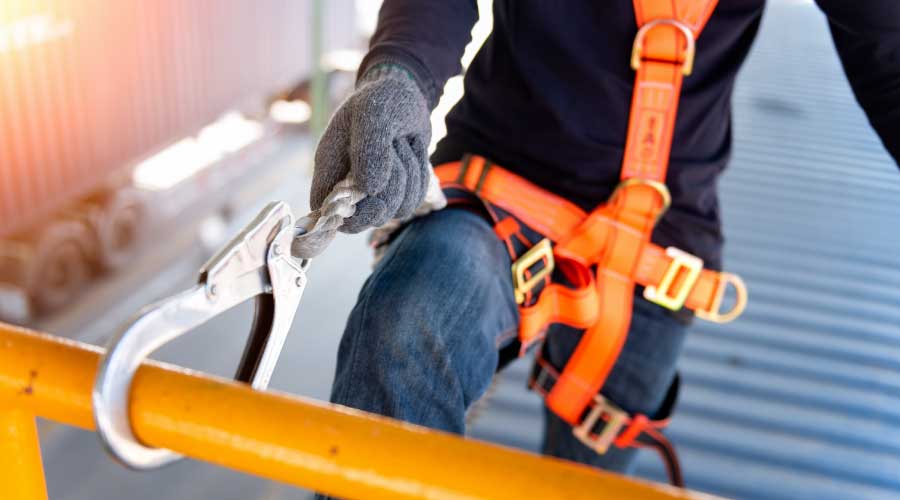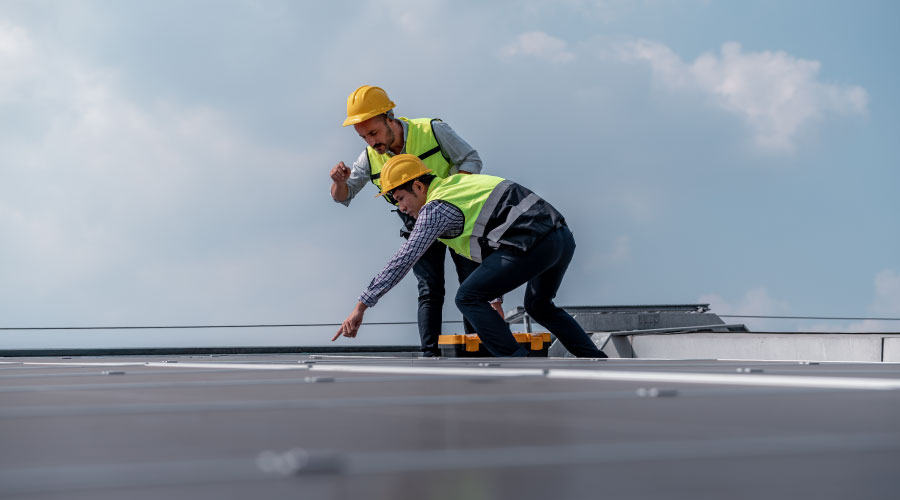Cool Roof A Simple Solution For Recover, Replacement Projects
In the quest to combat climate change, there are myriad steps facility managers can take to reduce the carbon footprint of their buildings. Some measures, like lighting retrofits, are relatively straightforward, while other steps can be more complicated and involved, like upgrading HVAC systems. A simple step that is sometimes overlooked, however, is choosing a cool roof when it's time for a recover or replacement project. Many facility managers may be unaware of the impact a cool roof can have on energy savings, a building's carbon footprint and the overall climate.
Cooling all urban surfaces, including roofs, in the warmest regions of the planet could result in a one-time offset of 44 billion tons of carbon dioxide, according to a study by the Lawrence Berkley National Laboratories Heat Island Group. That's equivalent to taking 1 billion cars off the road for 11 years.
"For every 100 square feet of roof that's changed from black to white, you offset on average one ton of carbon dioxide emissions," says Hashem Akbari, group leader of the Heat Island Group and senior scientist at the Lawrence Berkeley National Lab.
But if taking up arms against climate change isn't that high on your to-do list, just think in terms of dollars and cents. "You can save a kilowatt-hour per square foot of roof per year," says Akbari. "That could be $.10 to $.15 per square foot."
Cool roof technology has been around for decades, but only recently is it becoming standard practice. California, for example, has recently adopted the first statewide mandatory green building standard, called CALGreen. It goes into effect January 2011, and includes stringent cool roof requirements for new construction. Other municipal governments have cool roof codes in place, like Chicago with its Energy Conservation Code. The LEED green building rating system and the Energy Star label have also made facility managers more aware of the benefits of cool roofing.
Science Behind Cool Roofs
The physics of cool roofs comes down to two things: solar reflectivity and thermal emittance. Understand those two concepts, and you've got a good handle on selecting a reasonably cool roof.
The sun's energy that comes to Earth can be dispersed by either being reflected off a surface or absorbed by that surface, says Akbari. A white roof can reflect as much as 80 percent of the sun's energy. This is called solar reflectivity, and is expressed as a decimal percentage — in this case, .80. The remaining 20 percent of the solar energy that is not reflected off the roof is absorbed. But that energy has to go somewhere, so some of it is transferred into the building as heat, and some is radiated back into the atmosphere. Radiating the sun's energy as heat back into the atmosphere is called thermal emittance, and it is also expressed as a decimal value. The closer the decimal is to 1.0, the more energy it can radiate back into the atmosphere, in turn keeping the surface of the roof cooler.
If you've ever walked barefoot in the summer, then you're acutely aware of how black asphalt roads or other surfaces can burn your feet. Sidewalks and other lighter cement surfaces are cooler. The reasons are the same as for cool roofing: Dark colors absorb a lot of the sun's energy, while white reflects most of it. Technology doesn't just limit cool roofs to white anymore, however. Some roofs are available in multiple colors that still have high reflectivity values.
A facility with a dark roof that replaces it with a cool roof will see energy savings. Studies by Lawrence Berkley National Laboratories and the Florida Solar Energy Center have concluded that buildings with reflective roofs use up to 40 percent less energy than similar buildings with conventional roofs. To determine how much energy a facility will save, some facility managers use energy modeling. "The way we've calculated energy savings is using building energy modeling," says David Hitchcock, director, sustainable transportation programs and senior research scientist at Houston Advanced Research Center. "That's complicated, but you can also do comparisons between similar buildings and their energy consumption."
An online tool by the Department of Energy's Oak Ridge National Laboratory can also help facility managers calculate potential savings from a cool roof. There are two versions: one for smaller facilities that purchase electricity without a demand charge, and one for larger facilities with a demand charge. Both tools will calculate estimated annual energy savings with a proposed cool roof compared to a black roof.
The type of building the roof is going on also has an impact on energy savings, says André Desjarlais, group leader of building envelopes research at Oak Ridge National Laboratories. He compares an office building and a warehouse in Chicago in October. The warehouse will likely be in heating mode. The office building may still be in cooling mode, because it's got more internal energy-producing loads such as equipment, small electronics and people. In buildings where the air conditioning is running longer into the winter, cool roofs will have a greater benefit, says Desjarlais.
Retrofitting a cool roof can also impact a facility's next HVAC retrofit. If the cooling load is sufficiently reduced by the installation of a cool roof and other measures, it may be possible to install smaller chillers to meet the cooling demand.
When calculating potential cost savings, take into account the service life of the roof. There is little to no cost premium for light-colored roofs, says Desjarlais. And the life of a cool roof may be longer than a dark roof, according to Akbari. "If you have two identical materials under the same ultraviolet rays, the one that stays a lower temperature — the lighter color — will last longer."
To use the Department of Energy's Cool Roof Calculator, go to: https://rsc.ornl.gov/
Related Topics:















